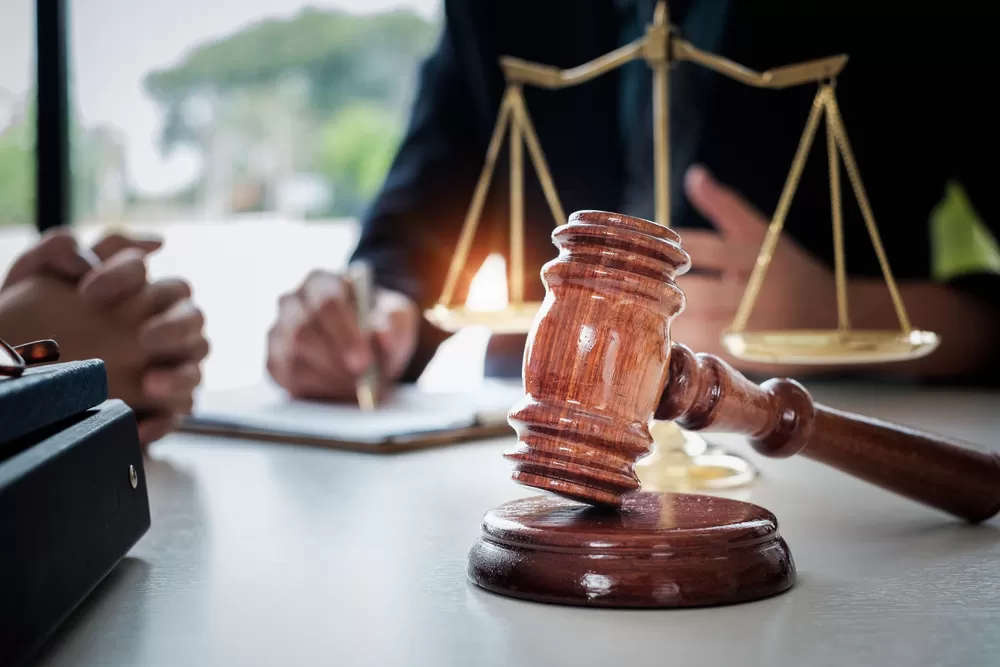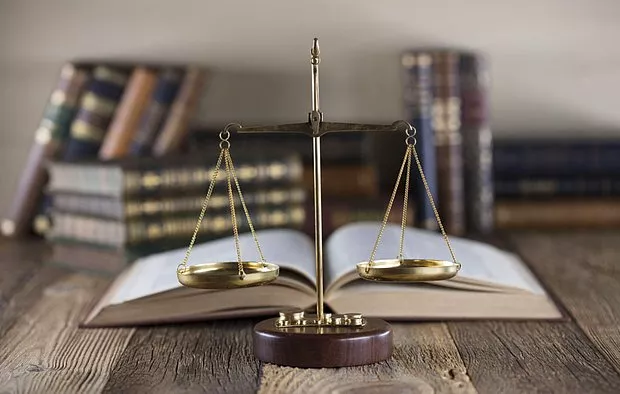Unveiling Financial Deception
Unveiling financial deception in fraudulent bankruptcy cases often begins with a meticulous examination of the debtor’s financial history. Investigators sift through bank statements, assets transfers, and transaction records to unearth any inconsistencies that suggest intentional concealment or undervaluation of assets. The challenge is arduous, as those committing fraud go to great lengths to obscure the truth, employing complex schemes such as creating shell companies, forging documents, or colluding with third parties to hide their true financial status. This intentional obfuscation is designed not only to dupe creditors who are owed monies but also to manipulate the legal system purporting a false narrative of insolvency. The unraveling of such deceit is a testament to the vigilance required in preserving the sanctity of the bankruptcy process and the relentless pursuit of integrity within the economic justice system.
Following the initial identification of irregularities, forensic accountants and legal experts often step in to navigate the labyrinthine routes money may have traveled. They piece together the financial puzzle by scrutinizing tax returns, analyzing computer records, and reviewing evidence of luxurious lifestyles inconsistent with declared bankruptcy claims. By employing sophisticated data-mining techniques and leveraging digital footprints, these professionals illuminate the veiled paths that illicit funds may take. For instance, massive and unexplained discrepancies between reported income and observable expenditures can serve as red flags, prompting deeper inquiry. Such scrutiny is crucial, for the artificial fiscal illusion crafted by fraudulent actors is designed to withstand superficial probes, ensuring that only the most astere and comprehensive investigations can reveal the true extent of the financial subterfuge at play.
In the culminating phase of unmasking financial deception, the gathered evidence coalesces into a narrative that reveals the calculated maneuvers behind a fraudulent bankruptcy. Legal proceedings hinge on this crystallization of facts, where the perpetrator’s willful manipulation of accounts and assets comes to light. The court, armed with the incriminating fiscal mosaic meticulously pieced together by experts, confronts the debtor with the hard realities of their deceit. It is during these decisive moments that justice is sought, not only in the form of verdicts and penalties but also through the restoration of funds to defrauded creditors. The exposure of the fraud serves a dual purpose: to redress the specific wrongs inflicted and to send an unequivocal signal that the financial system stands guarded against such transgressions, thus fortifying trust in the bankruptcy process and deterring would-be offenders.
The Anatomy of a Sham Bankruptcy
At the core of a sham bankruptcy lies the deliberate orchestration to mask the true state of one’s finances. Debtors who engage in this chicanery often transfer significant assets to trusted accomplices or clandestine accounts, effectively rendering those assets invisible to the bankruptcy court’s scrutiny. They might indulge in a pattern of undervaluing or omitting property from bankruptcy schedules and legal declarations, presenting a facade of insolvency while secretly retaining wealth. Complex corporate structures and offshore accounts can play pivotal roles, providing convenient veils behind which assets are shielded. Such debtors manipulate the narrative of their financial demise, fabricating a strategic downfall designed to elicit sympathy from the court while their actual financial condition bears little resemblance to the one portrayed in their official filings.
Beyond the concealment of assets, the architecture of a sham bankruptcy often involves intricate layers of deceitful transactions preceding the filing. Debtors intent on fraud might engage in preferential transfers, repaying favored creditors or relatives shortly before declaring bankruptcy, distorting the equitable distribution of assets mandated by law. They may incur new debts with no intention of repayment, gambling on the eventual discharge through bankruptcy proceedings. Sophisticated perpetrators utilize shell companies and a web of intercompany transactions to obscure the movement of money and property, complicating the task of trustees charged with unraveling these schemes. Through such mechanisms, individuals or entities engaged in this form of bankruptcy fraud create an elaborate web of lies, each strand woven with the intent to mislead and manipulate, undermining the fundamental principles of the bankruptcy system.
Inevitably, the downfall of these deceitful practices is the meticulous scrutiny of legal experts and bankruptcy trustees, coupled with advanced forensic accounting techniques that can peel back the layers of financial obfuscation. Despite the intricacy of their designs, fraudsters eventually encounter the resilience of the judicial system. The penalties for those caught in such acts of bankruptcy fraud are severe, including hefty fines, asset forfeiture, and imprisonment, delivering a clear message about the seriousness of these offenses. Moreover, the exposure of such schemes serves not only as a cautionary tale but also as a deterrent, signaling to would-be offenders that the probability of long-term success in these fraudulent endeavors is slim against the vigilant watch of a system intent on preserving integrity and equity within the bankruptcy process.
Investigating Bankruptcy Fraud Dynamics
Understanding the dynamics of bankruptcy fraud necessitates a dive into the strategems used by unscrupulous debtors to deceive the system. Typically, such fraud entails the intentional omission of assets from bankruptcy filings, undervaluing of property, or the creation of complex networks of shell companies designed to obfuscate the true extent of a debtor’s financial resources. The malefactors, often exploiting the expertise of cunning financial advisors, may also engage in preferential transfers, wrongly paying off certain favored creditors before declaring bankruptcy to preserve relationships or future business opportunities. Such actions undermine the principle of equal creditor treatment inherent to bankruptcy laws. By delving into these maneuvers, investigators begin to unravel the carefully woven tapestry of deceit, which stands as an affront to the sheer necessity for transparency within the bankruptcy process.
The complexity of fraudulent bankruptcy cases escalates with the use of sophisticated financial transactions meant to disguise the diversion of assets prior to the filing for bankruptcy. Debtors may transfer property to friends or relatives under the guise of legitimate deals, only to retain clandestine control over said assets. Besides asset transfers, they might incur substantial new debts, fully understanding that such obligations will be wiped out during the bankruptcy proceeding. This deliberate acquisition of debt, often on the brink of bankruptcy, is manifestly at odds with the spirit of the bankruptcy code, which aims to reconcile the unfortunate debtor’s situation, not reward deceptive financial maneuvers. Insolvency professionals equipped with forensic accounting skills must meticulously scrutinize years of financial transactions to detect patterns signifying fraudulent behavior, subsequently piecing together evidence that can withstand the scrutiny of a court of law.
The judicial system’s response to bankruptcy fraud is pivotal in maintaining the sanctity and legitimacy of the bankruptcy process. Courts employ stringent punitive measures against fraudsters, ranging from the dismissal of the fraudulent bankruptcy case to criminal prosecution, which can result in substantial fines and imprisonment. The deterrent effect of these sanctions is of paramount importance; it reinforces the seriousness with which the law treats such malfeasance. Furthermore, specialized bankruptcy fraud units within governmental agencies collaborate with creditors’ committees and trustees to enhance the detection and prosecution of such crimes. This alliance underscores a collaborative commitment to safeguarding the integrity of the bankruptcy system, ensuring that relief is granted only to those who seek it in good faith and with clean hands, thus preserving trust in the legal framework that supports both debtors and creditors in times of financial distress.







